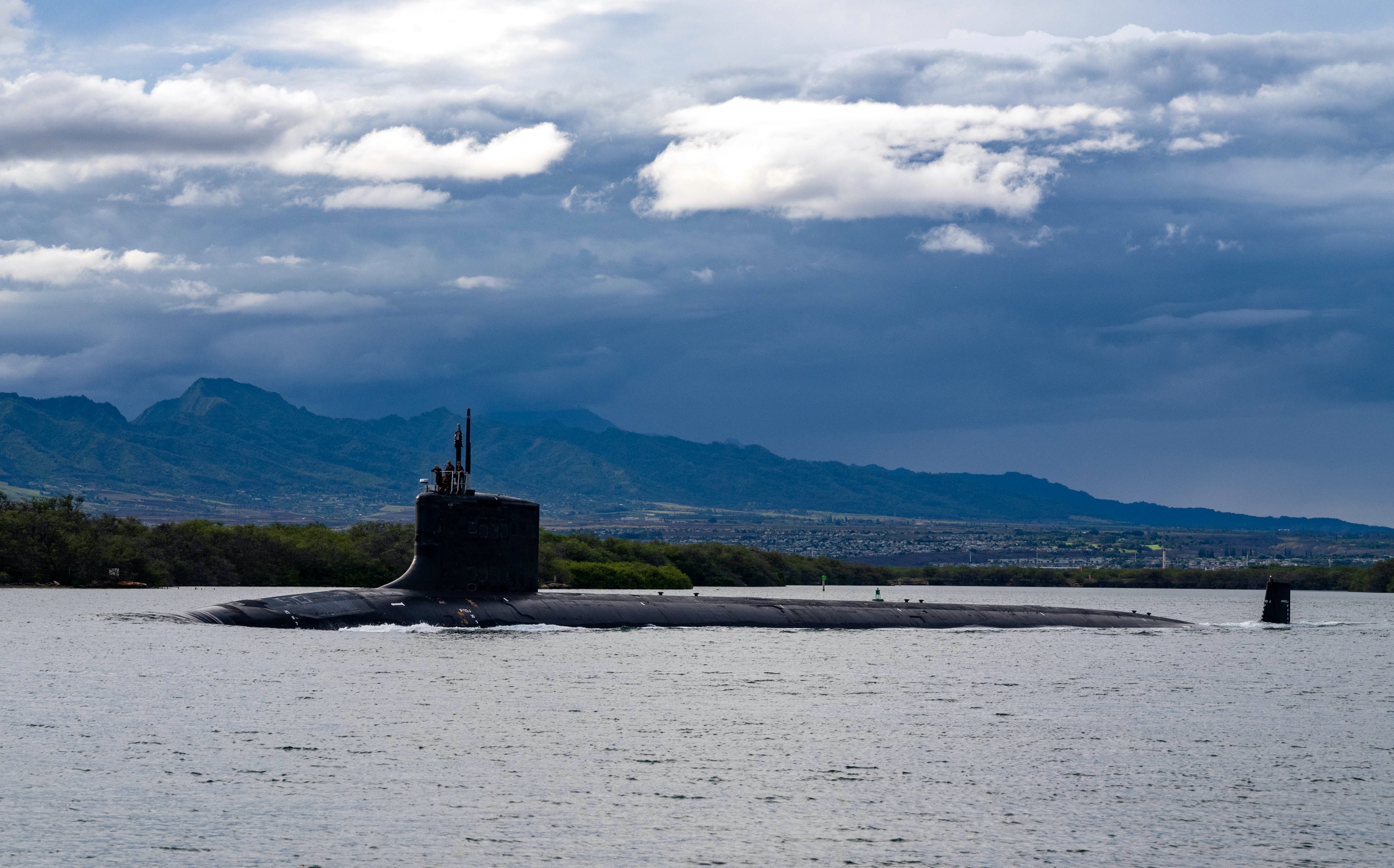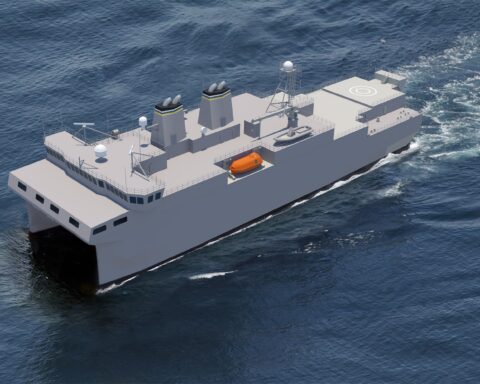The following is the June 30, 2023 Congressional Research Service report, U.S. Marine Corps Force Design 2030 Initiative: Background and Issues for Congress.
From the report
On March 23, 2020, the U.S. Marine Corps (USMC) announced a major force design initiative referred to as “Force Design 2030.” As part of this initiative, intended to occur over the next 10 years, the Marine Corps would redesign the service for naval expeditionary warfare and to better align itself with the National Defense Strategy, in particular, focusing on strategically competing with China and Russia. Force Design 2030 initiatives are informed by two operational concepts: Littoral Operations in a Contested Environment (LOCE) and Expeditionary Advanced Base Operations (EABO). In support of these concepts, the Marines would eliminate or reduce certain types of units and do away with certain military occupational specialties (MOS). The Marines also plan to reorganize higher echelon Marine formations and get smaller by reducing forces by 12,000 personnel by 2030. The Marines have published updates in 2021 and 2023 highlighting both accomplishments and outlining future activities.
Since the 2020 announcement, the Marines have eliminated and reorganized units in accordance with Force Design 2030 and have divested a number of capabilities that the Marines believed did not support the Marines’ expeditionary mission. These major changes have resulted in public opposition from some retired senior Marine Corps officers, as well as former executive branch officials. Proponents of Force Design 2030 argue that current Marine Corp force design is outdated and that new forces and operational concepts are required to prevail against China. Critics of Force Design 2030 contend the Marines would lose effectiveness as a combined arms force. Moreover, they argue Force Design 2030’s new warfighting concepts are unproven and the distributed operations proposed by the Marines are not logistically supportable.
Congress has been actively involved in the Force Design 2030 debate, as well as debates over the Navy’s amphibious ship requirements needed to support operations proposed under Force Design 2030.
Oversight considerations for Congress include
- Force Design 2030’s applicability to NATO commitments in Europe, as well as potential commitments in the Middle East and Africa;
- Force Design 2030 and Contested Logistics;
- the Navy’s and Marines’ differing requirements and acquisition priorities for amphibious ships;
- the operational impact of eliminating tank battalions, large numbers of towed artillery, and manned aircraft;
- the Marines’ ability to participate in future sustained land operations;
- the impact of emerging lessons from Russia’s invasion of Ukraine on Marine Corps thinking on Force Design 2030; and
- the Marines’ long-term Force Design 2030-associated budgetary requirements.
Download the document here.





